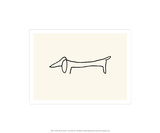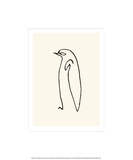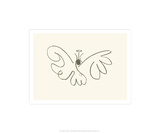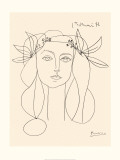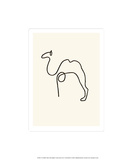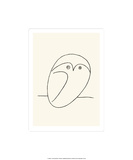Good Vibrations
Let's call this is a Line Vibration.
The items you will need are:
Paper
Pencils, crayons, pens, or fine-tip markers
1. Have your kids place their paper in a horizontal position and draw a wavy line across the paper. At the bottom of each "valley", Have them place a very small dot.
2. Then announce the rules of this game: they are to draw more wavy lines, but all lines mush run reasonably parallel until they reach the dots. At each of these dots or "kissing points" the lines must briefly touch before continuing their journey.
3. When the upper part of the paper has been completed, the lower half of the paper is done in the same way, using the same "kissing points".
*Some of the most interesting creations appear when new "kissing points" are added as the picture develops. As a rule, the closer the lines, the better the results.
Patterned Fun
Let's call this a simple scribble.
You will need:
Paper
Pencil and crayons
1. Begin by presenting your class a sample of a simple scribble. Tell them that today we each will need to draw a simple scribble. (Make sure to bring extra paper for those who have difficulty leaving their scribble nice and open.)
2. Once they have used their pencils to draw a large, open scribble, have them add a few additional outside lines so that the whole paper is divided into compartments.
3. Next, explain that today the crayons will be used for drawing lines and, furthermore, that these lines will be arranged to create patterns. At this point take time out to demonstrate a few line patterns.
4. When everyone has the idea of line patterns, explain that each of the compartments of the scribbled sheet are to be patterned in a different way.
5. And finally, when they are done, have them out line the compartment boundaries with a black crayon.
I simply used a black sharpie marker for this example.
Just imagine what it would look like in bright colorful crayon.
Patterned Fun 2
This could be an easy art lesson to follow the last one.
Just have the kids draw a simple drawing. Then when they are through tell them that they are to do as they did in the last lesson, use their crayons to make patterned lines. This time they will be using these lines to color in their simple drawing. They could draw anything. The most important part is to have them draw big and simple so that they might be able to fit a pattern inside the object they have drawn.
These examples today came from a book by Gene Baer titled Paste, Pencils, Scissors, and Crayons.

